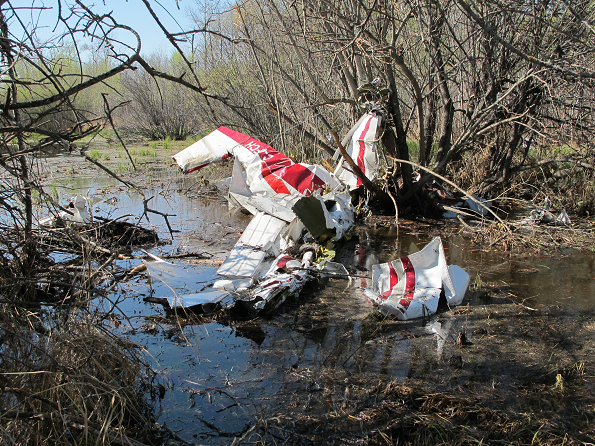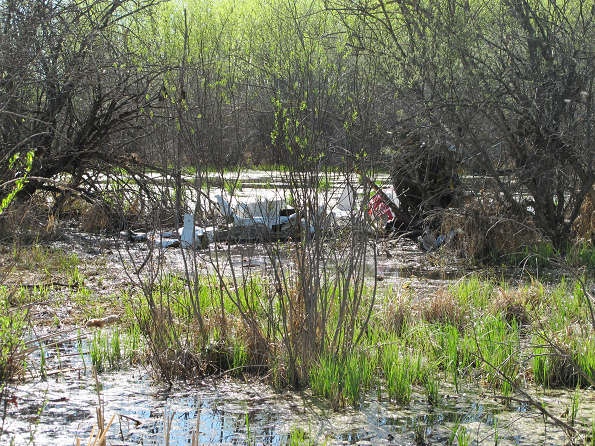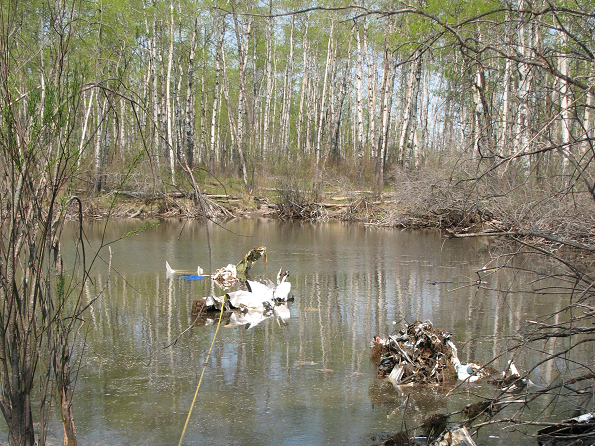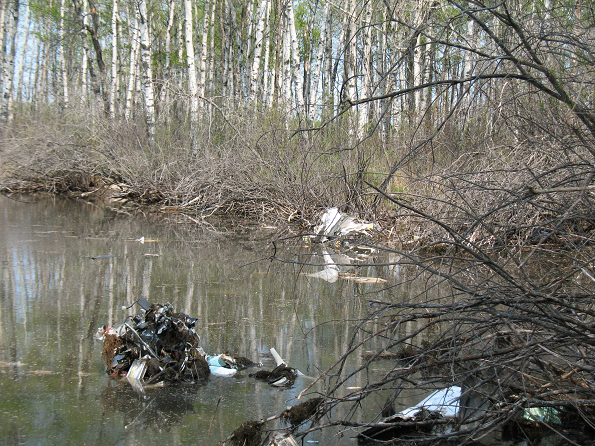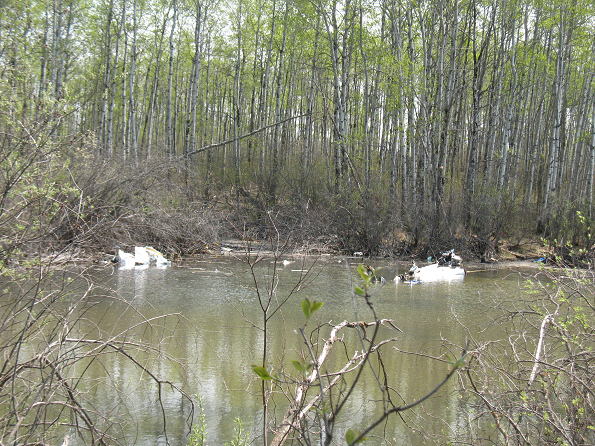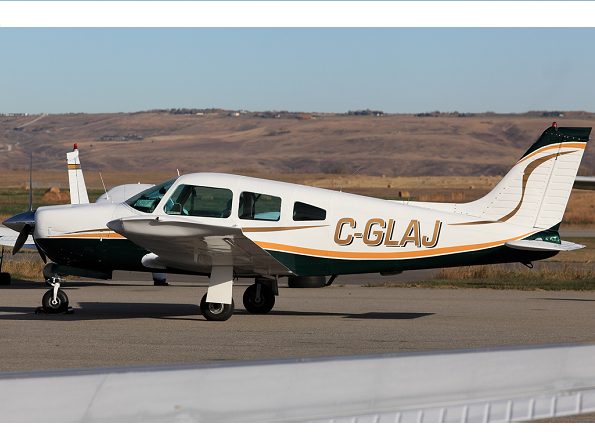Mid-air collision
Piper PA-28R-200 Arrow, C-GLAJ
and
Lake LA-4-200 Buccaneer, C-GFCH
St. Brieux, Saskatchewan, 8 nm W
The occurrence
The privately-registered Piper PA-28R-200 Arrow (registration C-GLAJ, serial number 28R-7435312) was approaching St. Brieux, Saskatchewan, on a flight from Nanton, Alberta, with the pilot and 2 passengers on board. A privately-registered Lake LA-4-200 Buccaneer amphibian (registration C-GFCH, serial number 786) was en route from Regina to La Ronge, Saskatchewan, with the pilot and 1 passenger on board. At approximately 0841 Central Standard Time, the 2 aircraft collided about 8 nautical miles (nm) west of St. Brieux and fell to the ground at 2 main sites about 0.5 nm apart. Both aircraft, which were being operated in accordance with visual flight rules, were destroyed and there were no survivors. There was no post-crash fire and the emergency locator transmitters did not activate.
Media materials
News release
Fatal 2012 mid-air collision over St. Brieux, Saskatchewan illustrates weakness of the see-and-avoid principle for VFR flight
Read the news release
Investigation information
Download high-resolution photos from the TSB Flickr page.
Class of investigation
This is a class 3 investigation. These investigations analyze a small number of safety issues, and may result in recommendations. Class 3 investigations are generally completed within 450 days. For more information, see the Policy on Occurrence Classification.
TSB investigation process
There are 3 phases to a TSB investigation
- Field phase: a team of investigators examines the occurrence site and wreckage, interviews witnesses and collects pertinent information.
- Examination and analysis phase: the TSB reviews pertinent records, tests components of the wreckage in the lab, determines the sequence of events and identifies safety deficiencies. When safety deficiencies are suspected or confirmed, the TSB advises the appropriate authority without waiting until publication of the final report.
- Report phase: a confidential draft report is approved by the Board and sent to persons and corporations who are directly concerned by the report. They then have the opportunity to dispute or correct information they believe to be incorrect. The Board considers all representations before approving the final report, which is subsequently released to the public.
For more information, see our Investigation process page.
The TSB is an independent agency that investigates air, marine, pipeline, and rail transportation occurrences. Its sole aim is the advancement of transportation safety. It is not the function of the Board to assign fault or determine civil or criminal liability.
